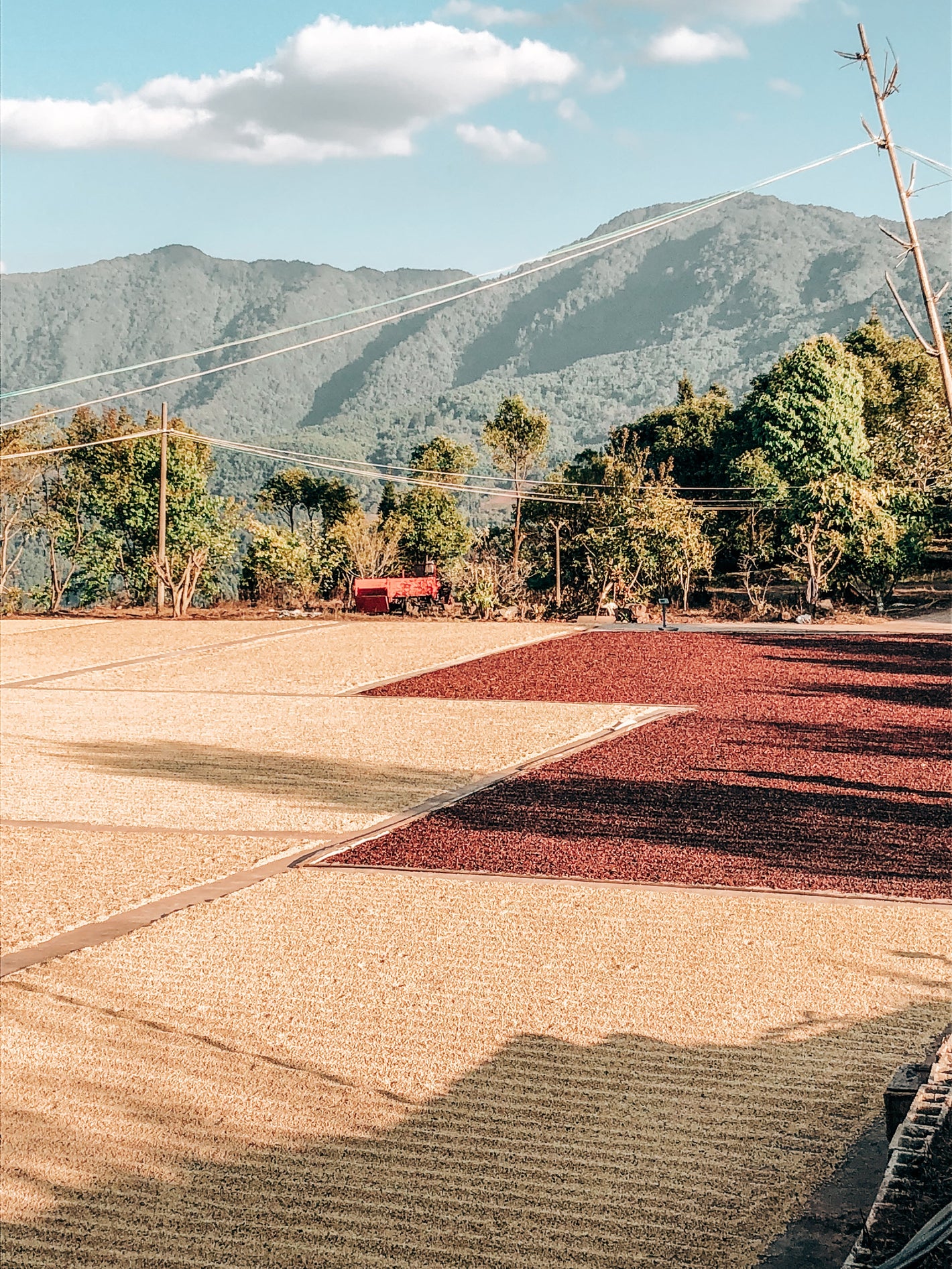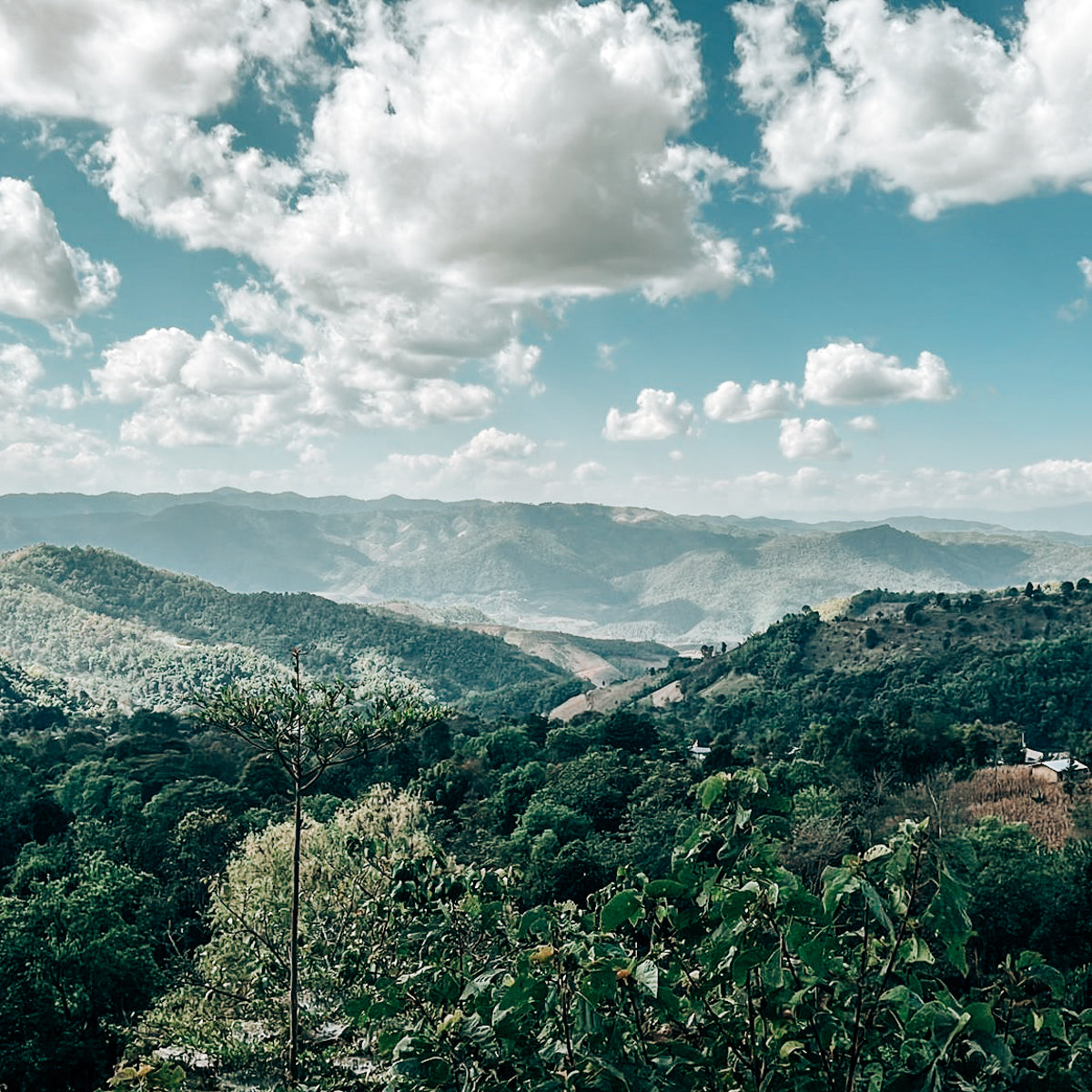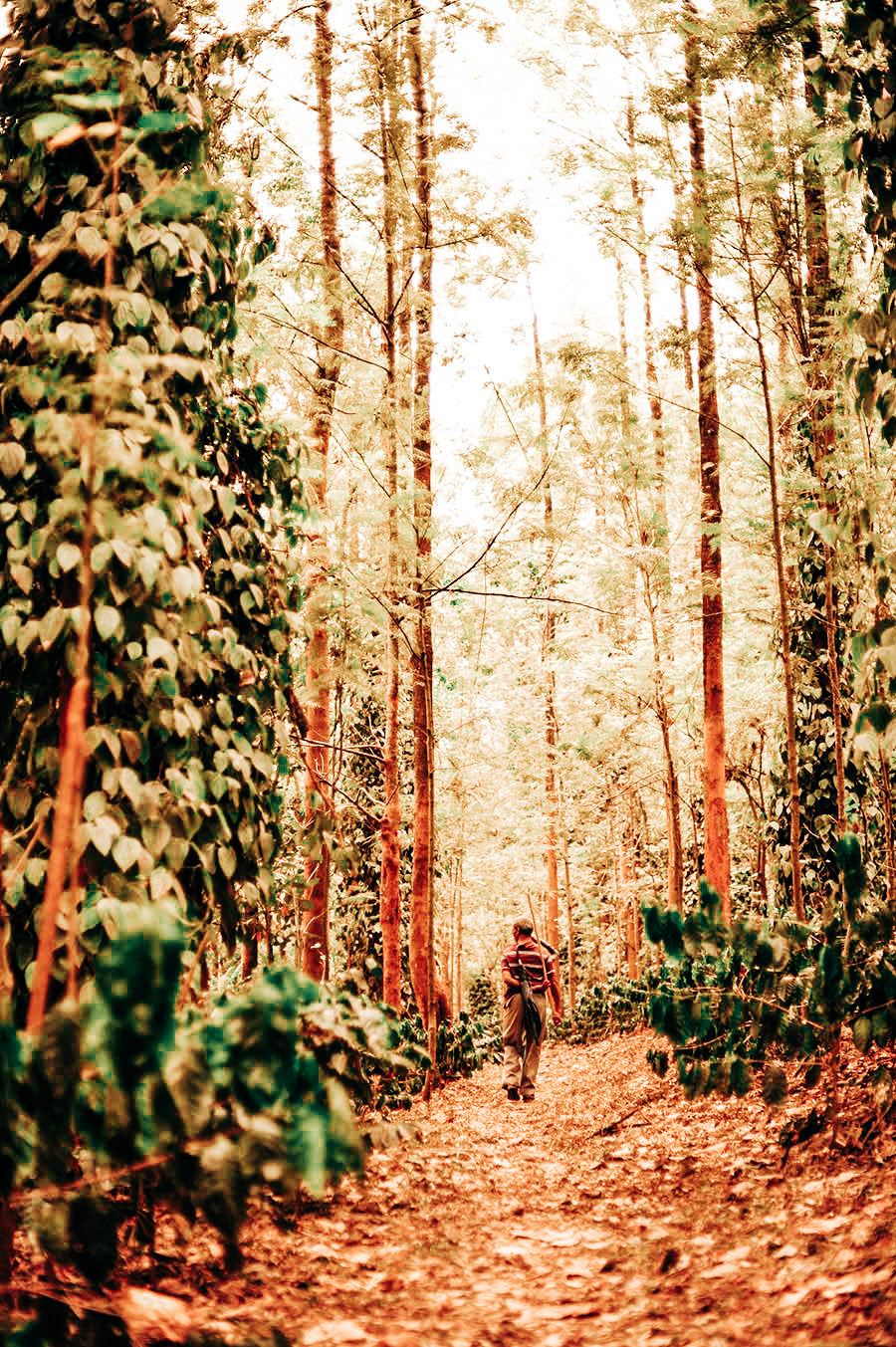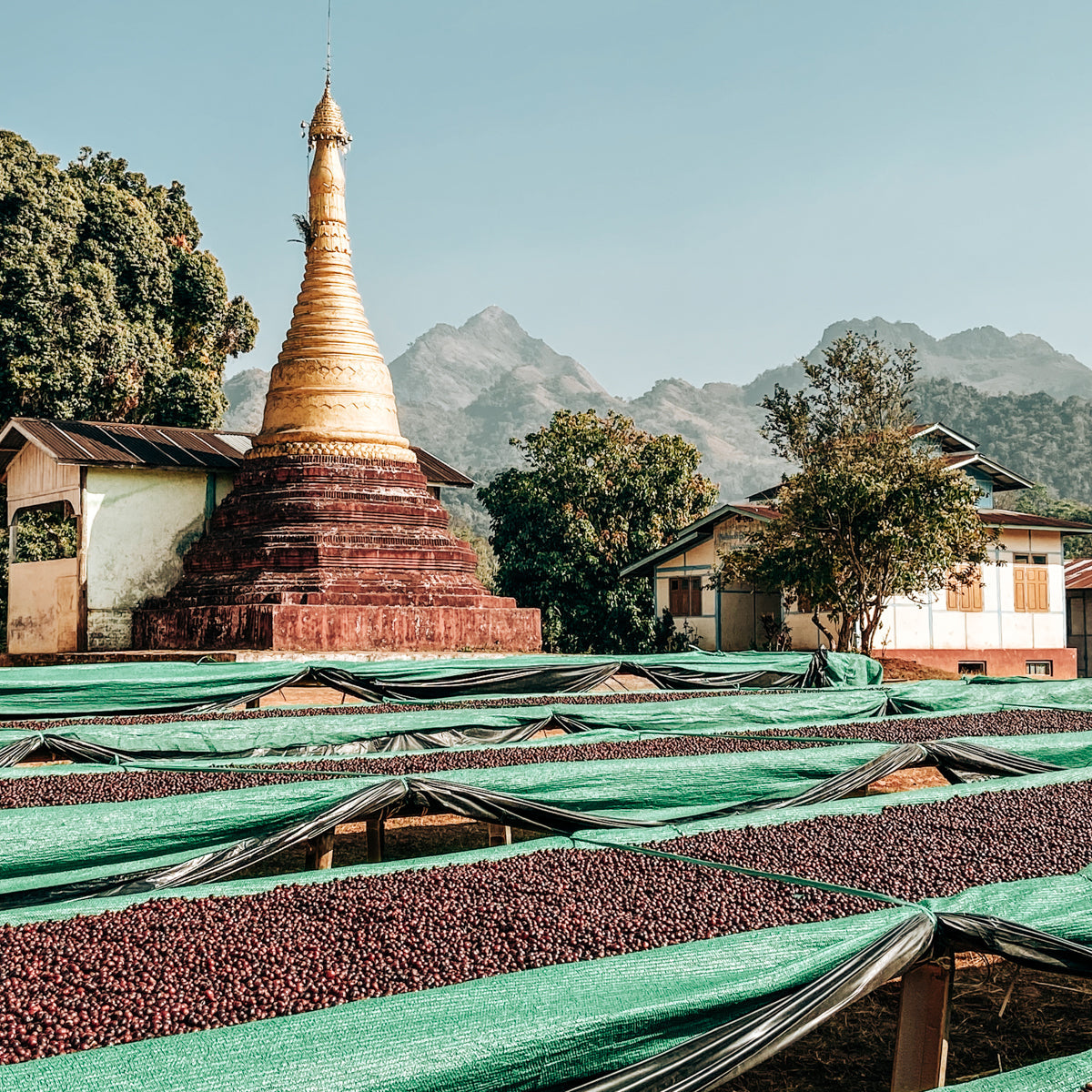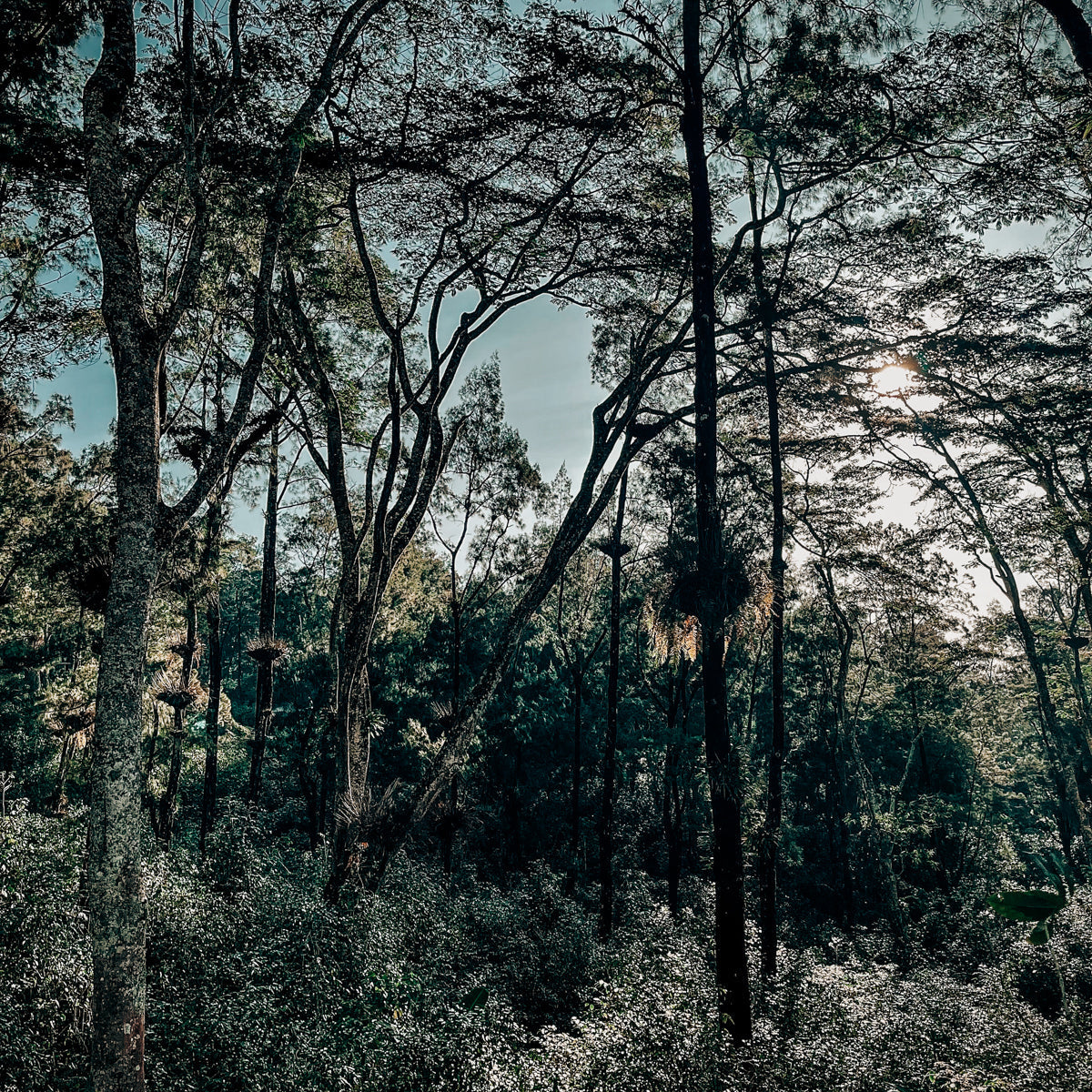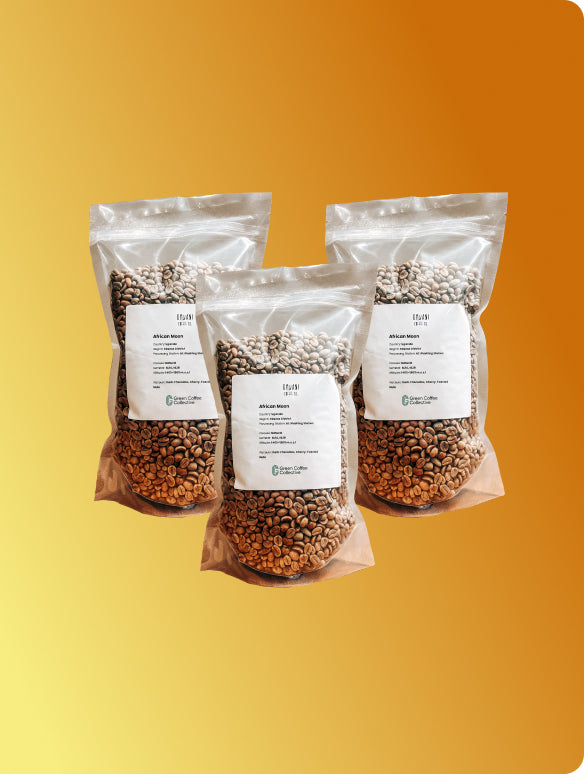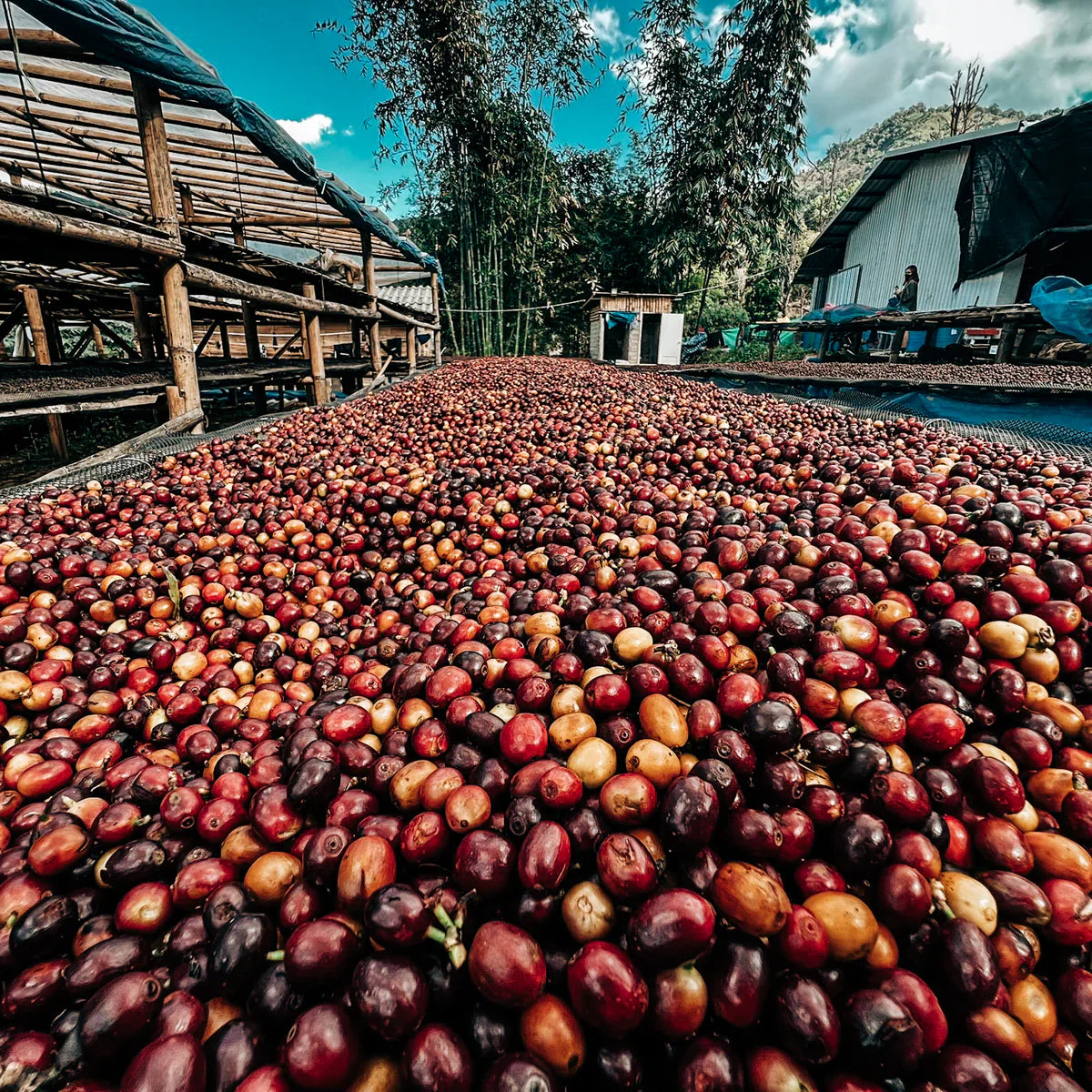
Thailand Green Coffee Beans
Explore our selection of Thai green coffee beans, crafted to suit every need. Whether you’re searching for a specific varietal, processing method, or a coffee from a particular region in Thailand, we’ve got you covered. Choose from wholesale options or smaller sample sizes to experience the unique offerings of Thai coffee!
No products found
Use fewer filters or remove all
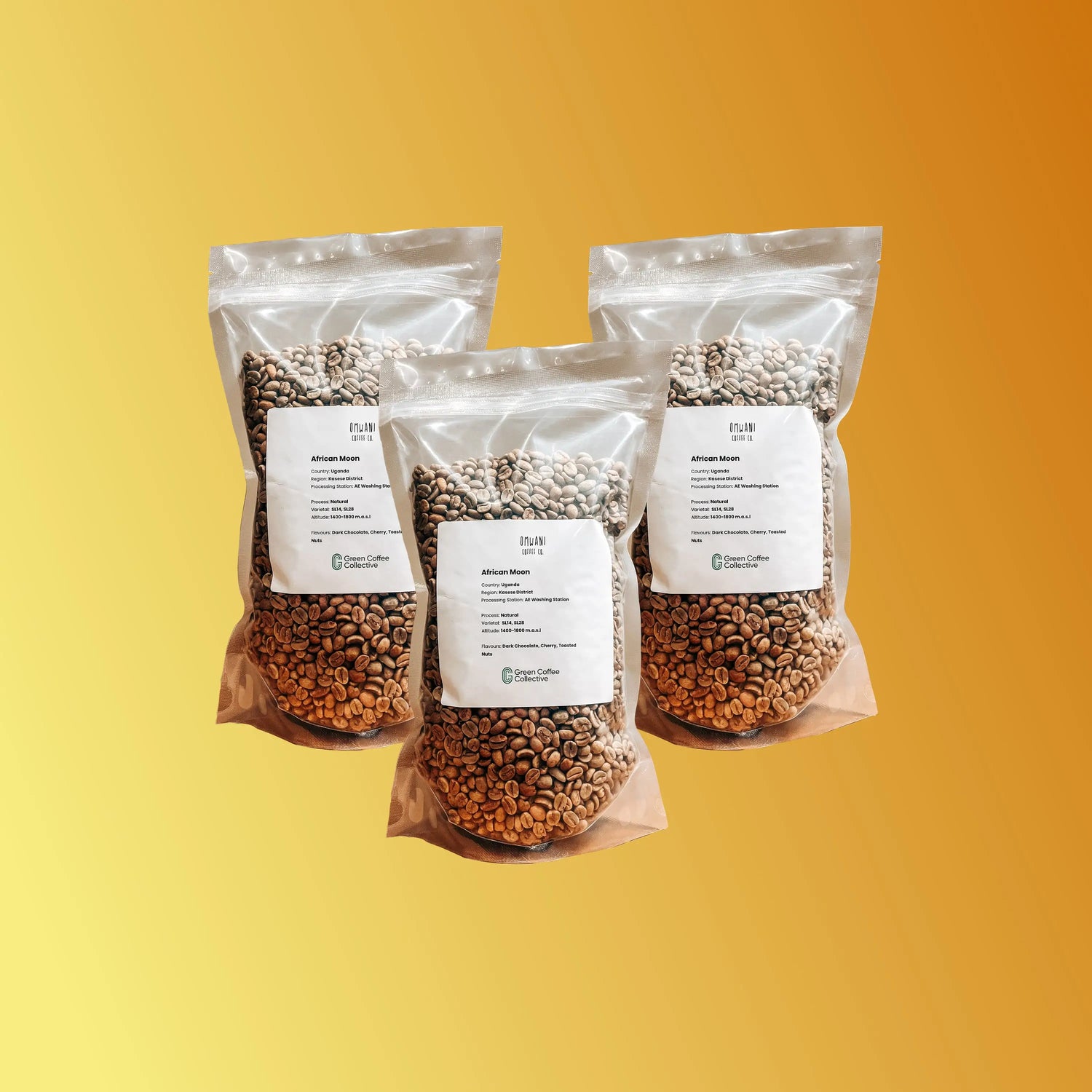
Your guide to Thailand Green Coffee Beans
-
What is the flavour of Thai coffee?
-
What is the history of coffee in Thailand?
-
What is our relationship with Thai producers like?
-
Discover the Distinctive Edge of Thailand Green Coffee Beans
-
Why Thailand Green Coffee Beans Are Famous
-
Why Roasters Love Thailand Green Coffee Beans
-
Flavor Profile & Cupping Notes
-
Coffee-Growing Regions of Thailand
-
Varietals & Species
-
Harvest Seasons & Availability
-
Notable Varieties of Thailand Green Coffee Beans
-
Usage & Versatility of Thailand Green Coffee Beans
-
Best Brewing Methods for Thailand Green Coffee Beans
-
Quality Standards for Green Coffee Beans in Thailand
-
Sourcing & Traceability
-
Buy 100% High-Quality Thailand Green Coffee Beans
